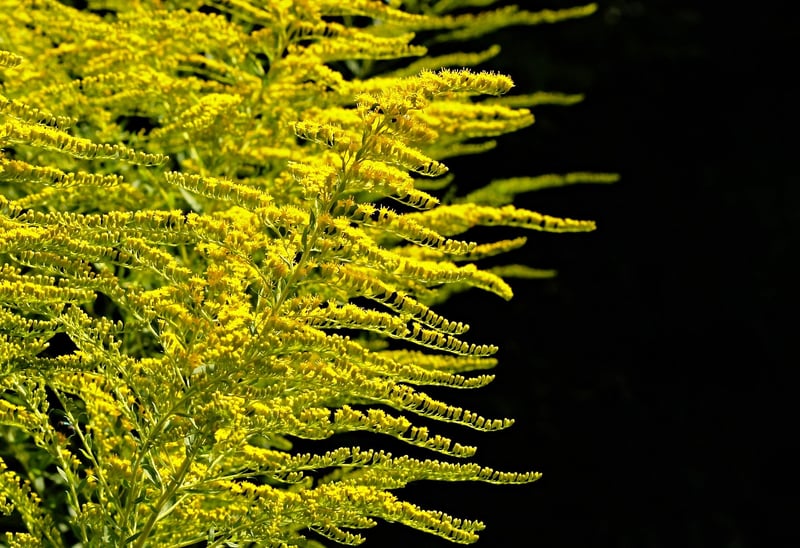Bee-Friendly Plants
Attracting Wildlife to Urban Areas with Bee-Friendly Plants
Urban areas are often seen as concrete jungles, but with the right approach, they can become havens for wildlife, including important pollinators like bees. By choosing bee-friendly plants for your urban garden or balcony, you can help support these vital creatures while adding beauty and biodiversity to your surroundings.
Why Attracting Wildlife, Especially Bees, is Important
Bees play a crucial role in pollinating plants, including many of the fruits and vegetables we rely on for food. However, bee populations are declining due to habitat loss, pesticide use, and climate change. By creating bee-friendly spaces in urban areas, we can provide much-needed food and shelter for bees, contributing to their conservation.
Choosing the Right Bee-Friendly Plants
When selecting plants for your urban garden, opt for native species whenever possible. Native plants are well adapted to the local climate and soil conditions, making them easier to care for and more attractive to local wildlife. Some bee-friendly plants to consider include:
- Lavender: Known for its fragrant flowers, lavender is a favorite of bees and other pollinators.
- Sunflowers: These cheerful flowers not only brighten up urban spaces but also attract bees with their abundant pollen.
- Wild Bergamot: Also known as bee balm, this plant produces nectar-rich flowers that bees love.
- Coneflowers: With their daisy-like blooms, coneflowers are a popular choice for bee-friendly gardens.
Tips for Creating a Bee-Friendly Urban Garden
- Provide Water: Bees need water, so consider setting up a shallow dish with pebbles where they can safely drink.
- Avoid Pesticides: Opt for natural pest control methods to protect bees and other beneficial insects in your garden.
- Plant in Clusters: Grouping bee-friendly plants together makes it easier for bees to find and access them.
- Include a Variety of Plants: Different flower shapes, colors, and bloom times will attract a diverse range of bee species.
Conclusion
Attracting wildlife to urban areas, especially bees, is not only beneficial for the environment but also rewarding for gardeners. By incorporating bee-friendly plants into your urban garden, you can create a vibrant oasis that supports biodiversity and helps conserve these essential pollinators.

